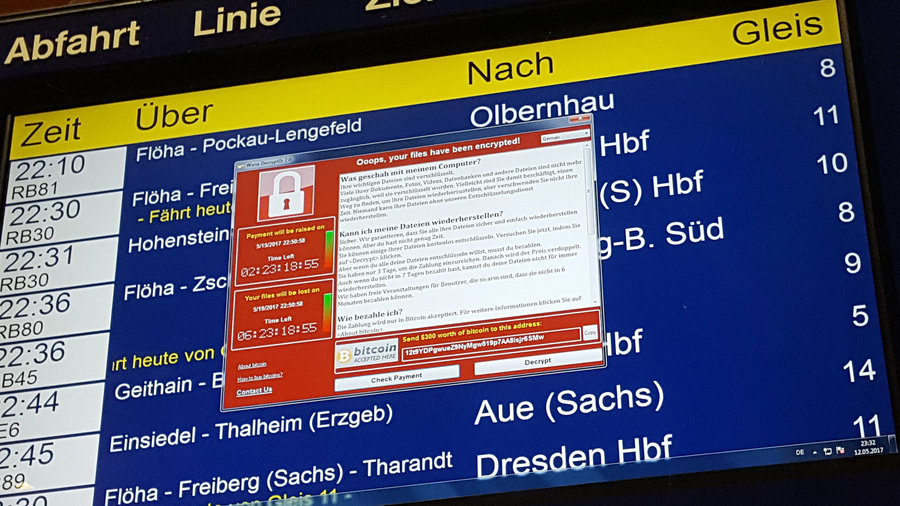
Guess one can still count on Microsoft during a worldwide crisis. But could it be genuine altruism or heroism or a long-term preventive measure? In the face of this week’s unprecedented massive ransomware attack, Microsoft quickly worked to patch unsupported operating systems such as Windows XP, still in use by many of its customers. Downloads are now available at the Microsoft website.
Microsoft doesn’t support its deprecated operating systems except through special agreements from customers such as the US Navy that still uses Windows XP (It may be high time they upgraded). Therefore, it’s an unprecedented gesture on part of Microsoft to double back and create security patches for Windows XP, Windows Server 2003, Windows 2000 and Windows Vista users in order to halt the spread of the WannaCry ransomware.
WannaCry, which has quickly spread through Europe and Asia in just a matter of hours took advantage of the Windows operating system’s vulnerability in its file-sharing protocol. This vulnerability was formerly used by the United States National Security Agency whose tools were leaked on the internet and later used as a mechanism by the ransomware.
The WannaCry ransomware has quickly infected healthcare and government systems all over Europe and put lives at risk in the UK by knocking many hospital systems offline. Due to the potency of the NSA hacking tools, the ransomware spread like wildfire quickly reaching North and South America. Thankfully, a young security researcher accidentally activated the WannaCry’s kill switch by registering the nonsensical domain name it uses to call home. Otherwise, Wannacry could have become a major international incident far more damaging than the Melissa virus.
“…This decision was made based on an assessment of this situation, with the principle of protecting our customer ecosystem overall, firmly in mind,”
— Microsoft blog post
Microsoft’s patch sought to mitigate the problem by re-establishing support for their old systems to keep their customers safe and the entire Windows ecosystem secured. They still might have to in case of a second round. Even users who refuse to upgrade or can’t afford to due to legacy systems are still part of the Windows ecosystem. They will eventually have to upgrade, and Microsoft could not afford to lose that part of the Windows user base. If Microsoft turned a blind eye to the vulnerability inherent to older versions of Windows, the blame goes to them, and these users might leave the Windows ecosystem completely in favor of Linux, ChromeOS or MacOS which are not as vulnerable to WannaCry or its future iterations. WannaCry is basically the same as Locky which enters the network through email activation by unsuspecting users and quickly spreads through the network via shared folders.
Be that as it may, lives were being put at stake as some UK hospitals were hardest hit and Microsoft may actually feel responsible for the vulnerability and sought to patch it no matter what Windows version it’s in. Because the vulnerability has been present up to the current Windows 10 version, which Microsoft actually patched since March. So the moral of the story is to upgrade when you can and keep your system updated and patched. The other alternative is to quit using Windows altogether which can be quite tough in a corporate setting.
So altruistic or not, it’s still in Microsoft’s best interest to stop any plague threatening to wipe out its user base whether it’s old or new. If the world is threatened with thermonuclear war and they have the means to stop it, they probably would to save the world’s billions of Windows and Office users and stay in control. Hail Satya!
UPDATE:
Vladimir Putin has blamed the US for the global cyber attack that has crippled computer systems around the world since Friday.
The cyber attack, which wreaked havoc at dozens of NHS trusts on Friday, has continued to spread, hitting thousands of computers in China and Japan.
Putin said Russia had “nothing to do” with the attack and blamed the US for creating the hacking software that affects Microsoft computers.

